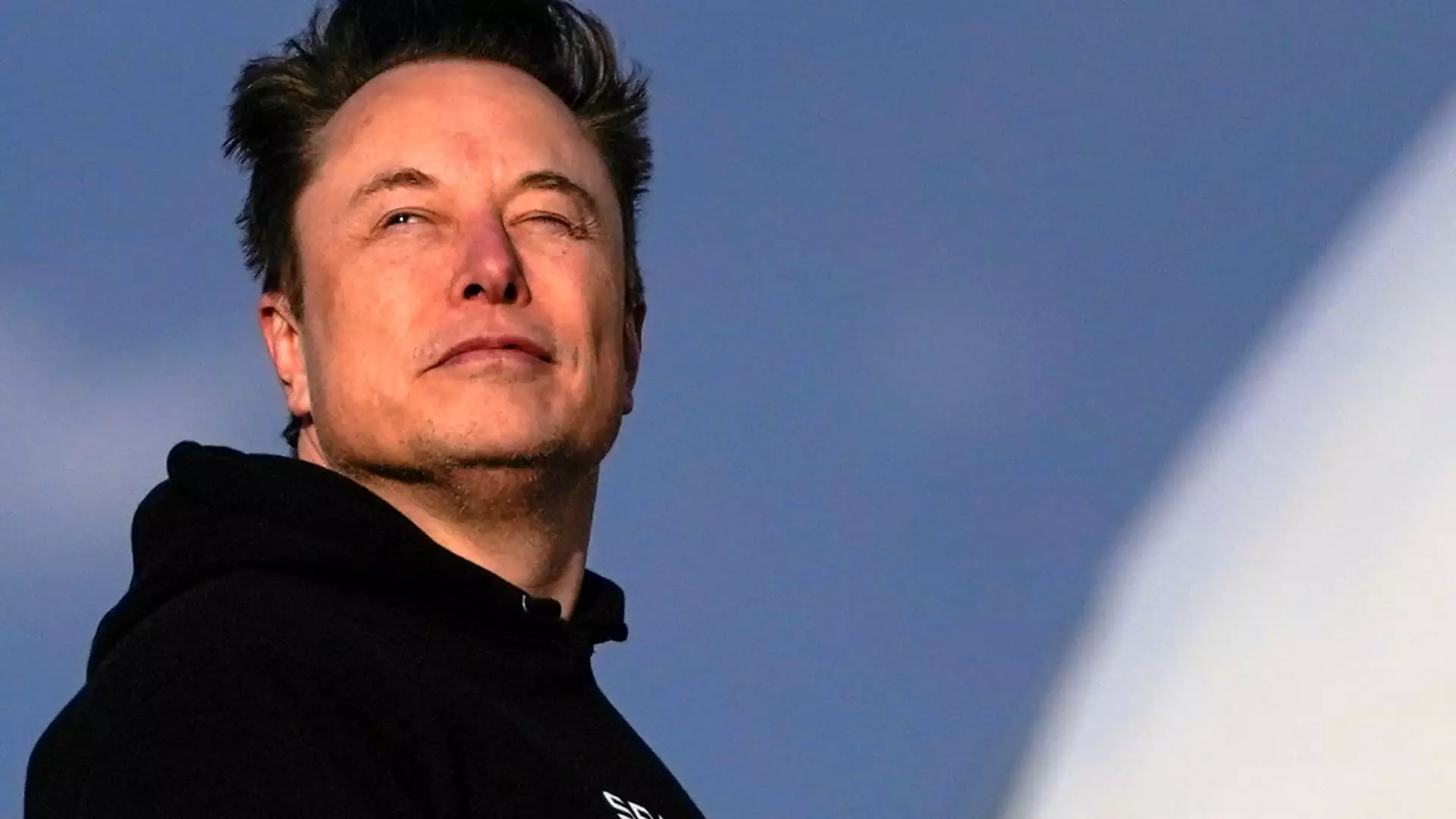In a powerful statement highlighting his vision for the future, Elon Musk announced the merger of his AI startup, xAI, with his social network, X. This all-stock transaction ascribes a remarkable valuation of $80 billion to xAI, while X itself is valued at around $33 billion. “xAI and X’s futures are intertwined,” Musk proclaimed on X, emphasizing the synergistic benefits of this union. By merging real-time data analytics, advanced AI models, and extensive user reach, Musk seeks to create an unprecedented digital ecosystem that could redefine social interactions and information dissemination online.
The rationale behind this merger goes beyond mere financial figures; it encapsulates Musk’s aspiration to harness the full potential of artificial intelligence. By integrating xAI’s cutting-edge technologies into X, Musk is betting on the ability to create smarter, more responsive platforms that could help users navigate the increasingly complex landscape of digital content. The combination of xAI’s expertise with X’s expansive user base offers a dual advantage—enhanced AI capabilities and amplified visibility. This bold move could very well transform the social media landscape by making it more intuitive and engaging.
A Growing Competitive Landscape
Musk’s xAI, which was established only two years ago, aims to rival industry giants like OpenAI, Google, Microsoft, and Meta. This rivalry is not without complications. Musk’s previous partnership with OpenAI did not end on the best of terms, leading to public spats about its evolving mission and leadership under Sam Altman. With xAI, Musk has pledged not only to “understand the true nature of the universe” but also to carve a niche in the AI landscape that prioritizes ethical considerations over mere commercial gain.
xAI’s endeavors should be viewed against the backdrop of the rapidly evolving AI sector. While OpenAI is reportedly concluding funding at a staggering $260 billion valuation, xAI’s ascent—growing from a $50 billion valuation last year to a projected $75 billion this year—illustrates the fierce competition in attracting talent and resources in this field. Given that various generative AI startups, including Anthropic, are also making headlines with sky-high valuations, Musk’s decision to integrate xAI and X seems like a strategic move to bolster competitiveness while monopolizing market share.
The Implications of the Merger
The immediate implications of this merger are multifaceted. Having already launched the Grok chatbot within the X platform, the groundwork for integration has been laid. The announcement of building a supercomputer, known as Colossus, in Memphis indicates a serious commitment to deploying machine learning capabilities in real time. With both entities now merged, the way data is utilized and visualized may drastically change—ushering in an era where AI not only complements human thinking but augments it.
However, the merger’s deeper ramifications extend into the political arena. Musk’s involvement with the newly formed Department of Government Efficiency (DOGE)—created during President Donald Trump’s second administration—offers him a unique position to influence regulatory frameworks in favor of his expansive interests. Musk’s infusion of $270 million into the Republican campaign confirms his intent to reshape governmental policies that directly benefit his portfolio of companies.
The Legacy of Mergers in Musk’s Portfolio
This is not Musk’s inaugural foray into mergers; his 2016 acquisition of SolarCity for $2.6 billion reflects a pattern of intertwining his ventures to streamline vision and strategy. However, Musk’s previous actions have drawn scrutiny and legal challenges, suggesting that the intertwining of various business lines can also lead to conflicts of interest. Tesla shareholders have previously sued him over the SolarCity deal, alleging a breach of fiduciary responsibility. However, Musk’s legal gambits culminated in favor of his approach, reinforcing his capacity for navigating complex corporate waters.
The merger of xAI with X transcends mere corporate consolidation. It is an embodiment of Musk’s relentless quest for progress and efficiency—not just in his businesses but in society at large. By combining strengths from AI technology with expansive social reach, Musk is poised to create a digital environment that could reshape how we interact with technology and each other. The potential for innovation is immense, yet it is underscored by a need for careful oversight, as the responsibility for directing such power falls squarely on the shoulders of those at the helm.

